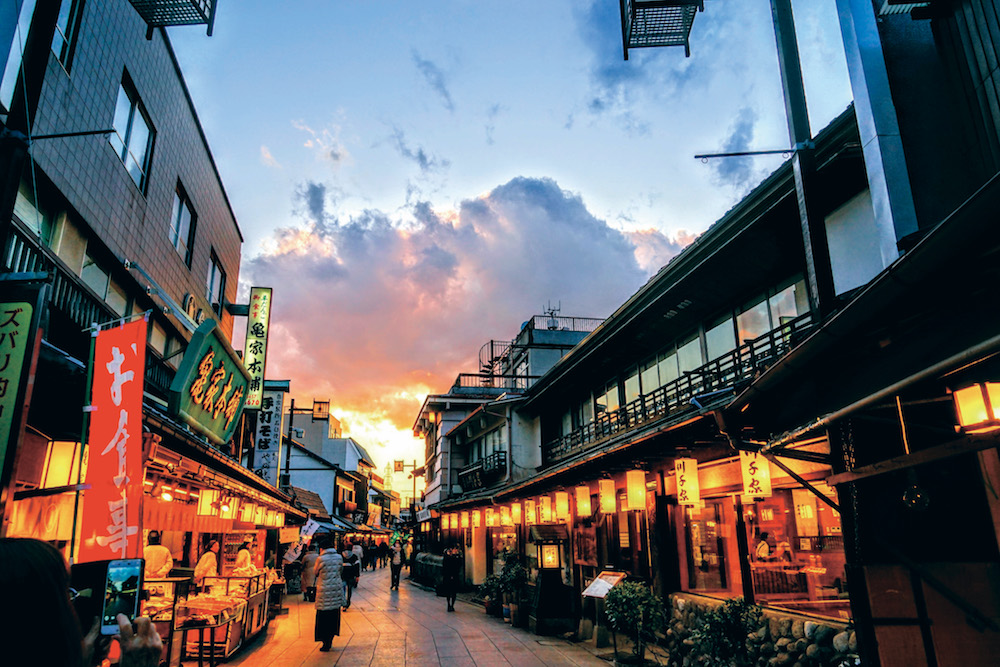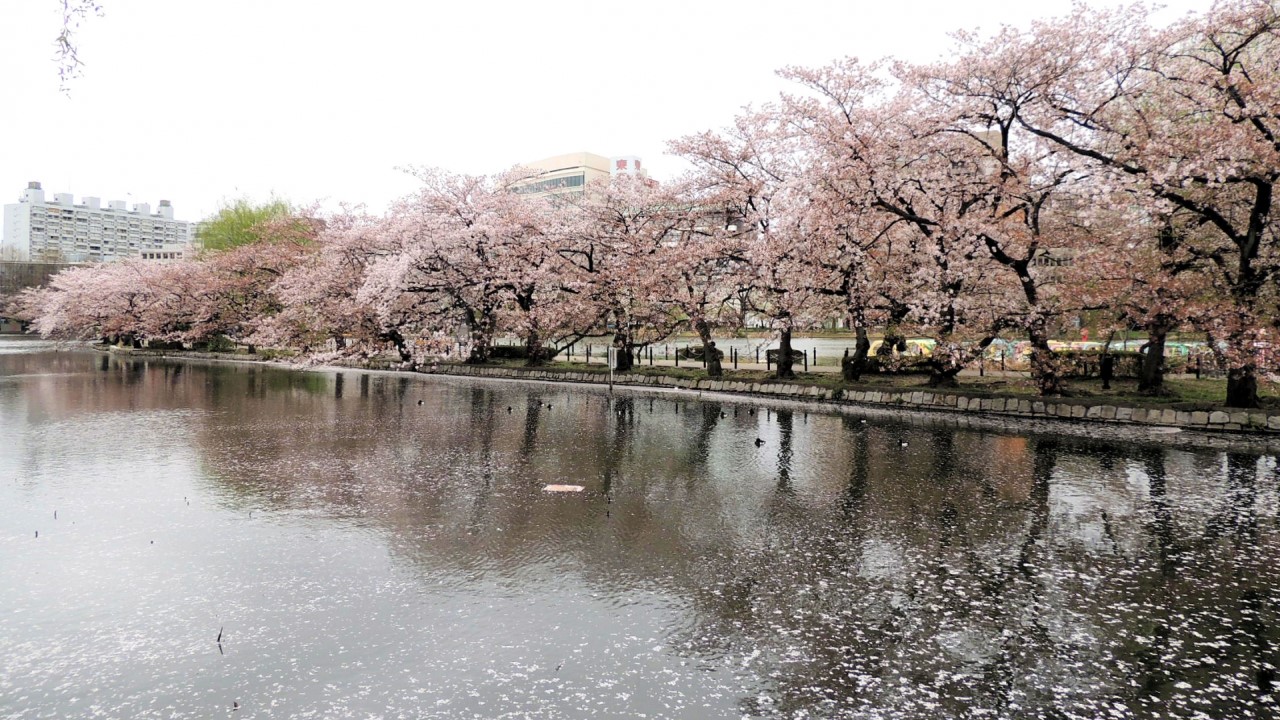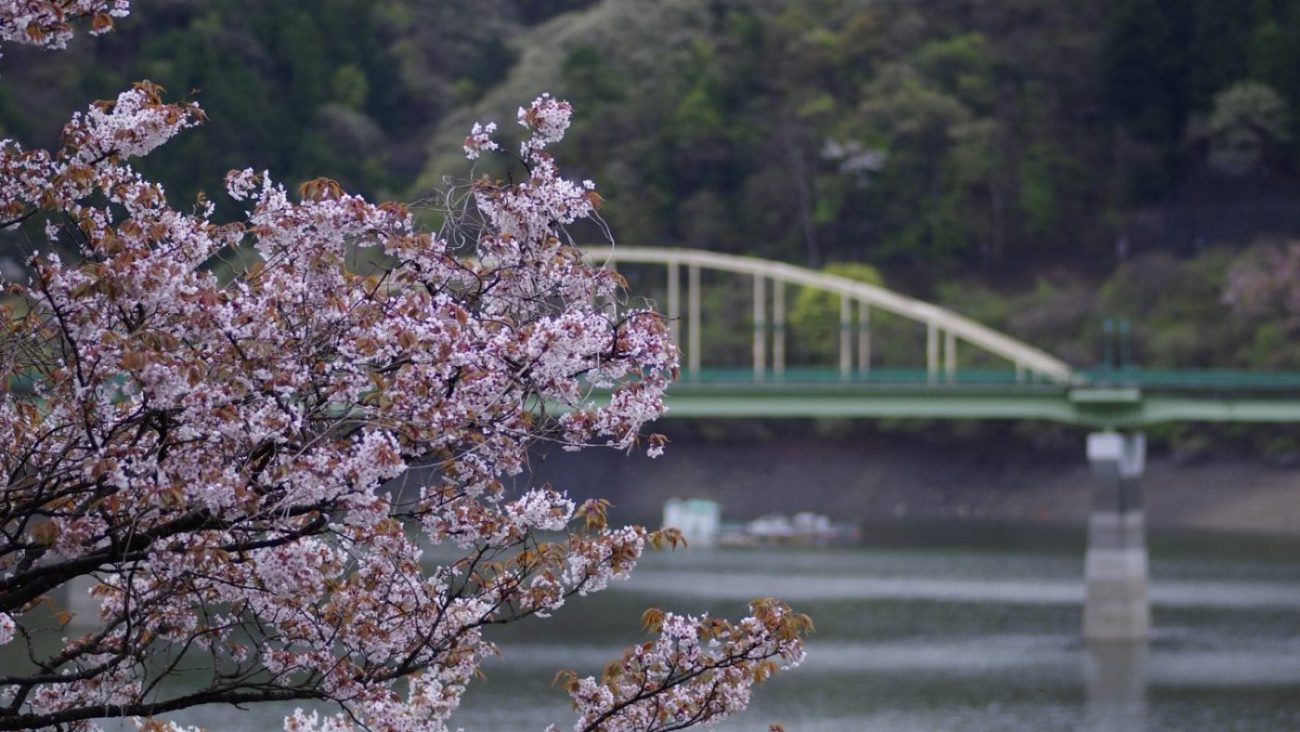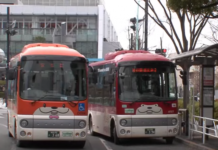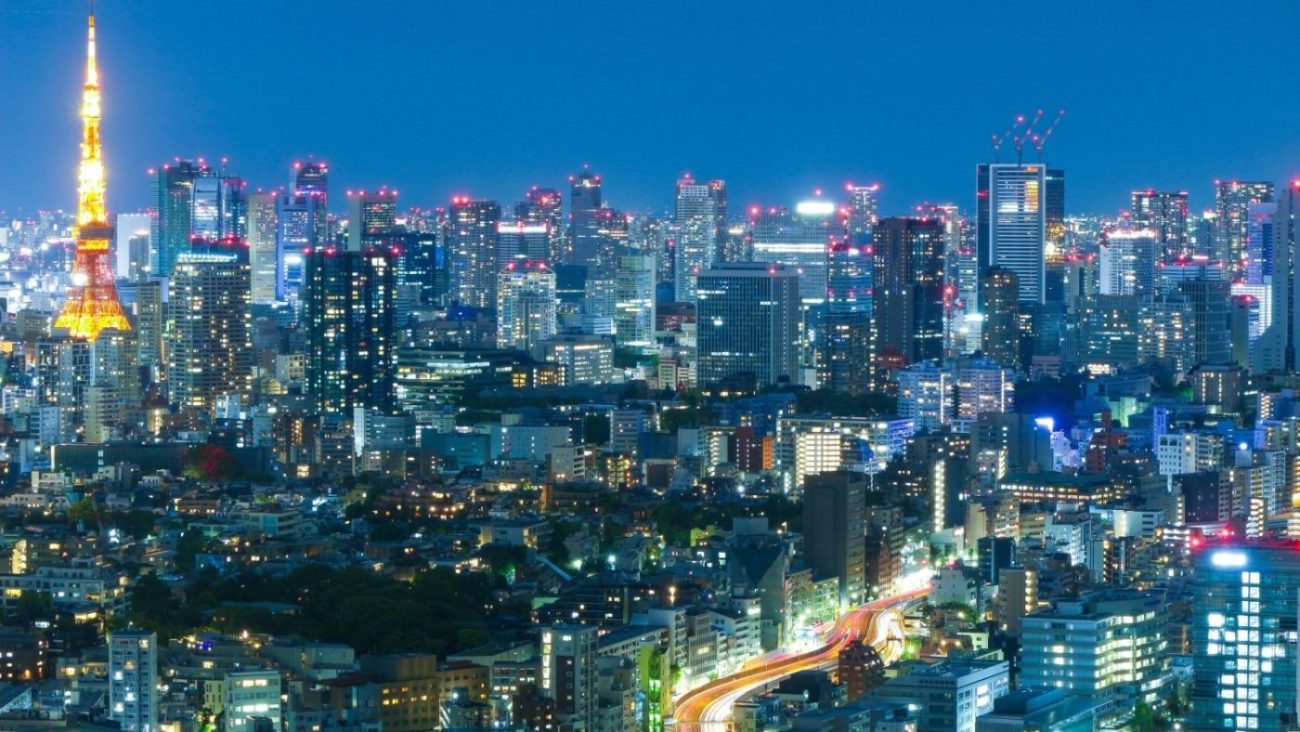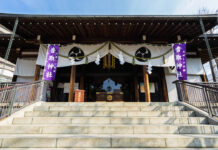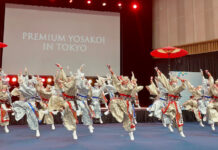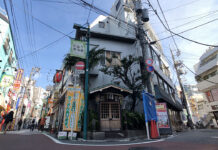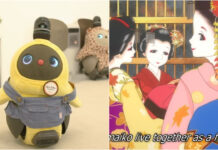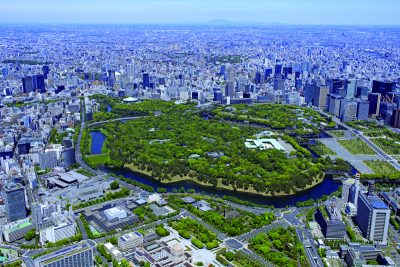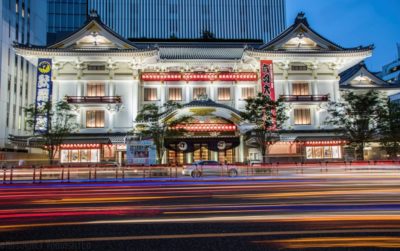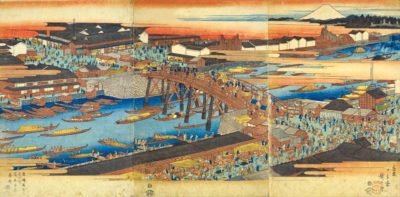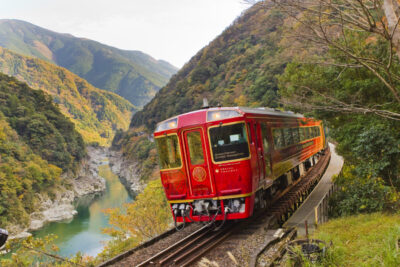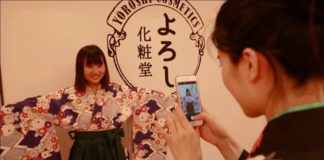What is shitamachi in Japan? People around the world tend to think of Japanese culture as very monolithic and homogenous. But the truth is that Japan’s modern identity is a complex mix of the country’s two old cultural heritages: yamanote and shitamachi.
They were born around the 17th century when the Japanese government moved to Tokyo. At that time, the city’s population divided into two. On the one side, you had the powerful clergy and the rich feudal lords who resided in Tokyo’s more affluent, mountainous regions. They were known as yamanote (“mountain hands”). On the other side were the blue-collar city dwellers like tradesmen, merchants, and prostitutes. They usually stayed closer to Tokyo’s inner-city area. Together with its distinct culture, their dwelling came to be known as shitamachi (“under town”).
The Culture of Yamanote and Shitamachi
Today, yamanote and shitamachi are equally important elements of contemporary Japan. But there is no contest as to which of the two has a reputation for fun and local charm. When you think of good and cheap street food, rows and rows of local shops, restaurants, bars, and people just being their authentic, unrestrained, jolly selves, you are thinking of shitamachi Japan. That’s why tourists flock by the thousands every year to places like Asakusa’s Nakamise Shopping Street or the historic areas around the Sumida River. That’s where shitamachi was born, after all. However, it has changed over the years.
Although Asakusa and the Sumida River are beautiful places to visit, over the years, they became too famous. This unfortunately doesn’t let you fully experience that authentic “underground” atmosphere that once made the areas so well-loved. For that, you would need to head on up to Shibamata. This charming area is a neighborhood in northeastern Tokyo and the home of Tora-san —the living embodiment of shitamachi.
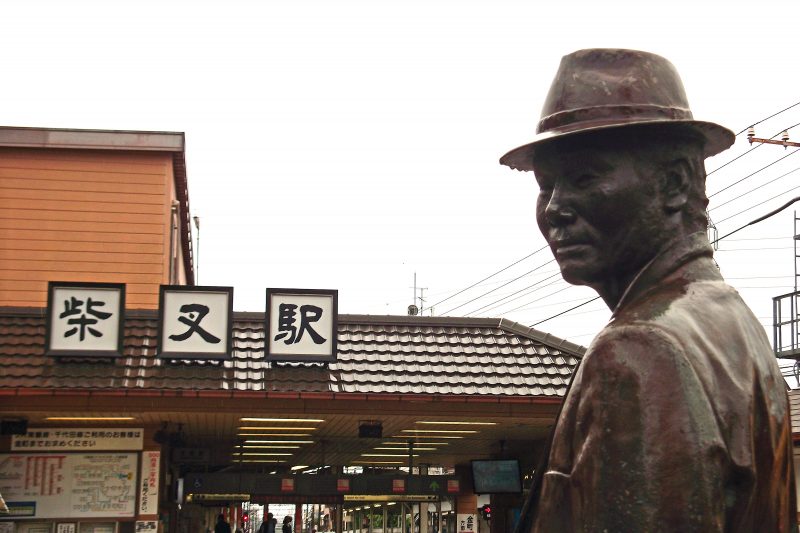
The Influence of Tora-san and Otoko Wa Tsurai Yo on Japanese Shitamachi Culture
Torajiro Kuruma, known as Tora-san and played by Atsumi Kiyoshi, was the main protagonist of 48 movies in the “Otoko Wa Tsurai Yo” film series. The title translates to “It’s tough being a man.” The premise —as summarized by the title —might be debatable, but it was true in the case of Tora-san. The character was a lovable vagabond who traveled all around the country selling his knickknacks and toys. Then his big mouth or drunken behavior eventually would force him back home. For all his faults and tramp-like appearance, Tora-san was always fun, optimistic, and just larger than life. He wasn’t sophisticated, but deep down he had a good heart, and that’s what shitamachi is ultimately all about. It’s no surprise then that the series chose to write the character as a native of Shibamata.
Shibamata: Tokyo’s Hidden Shitamachi Gem
“Otoko Wa Tsurai Yo” has been a huge hit in Japan, but it’s not very well-known abroad. For that reason, Shibamata something of a local, hidden treasure. The area lacks foreign tourists, which has allowed it to remain mostly unchanged from when the first Tora-san movie came out in 1969. So the neighborhood you can visit today is still one that Atsumi Kiyoshi’s character would find very familiar.
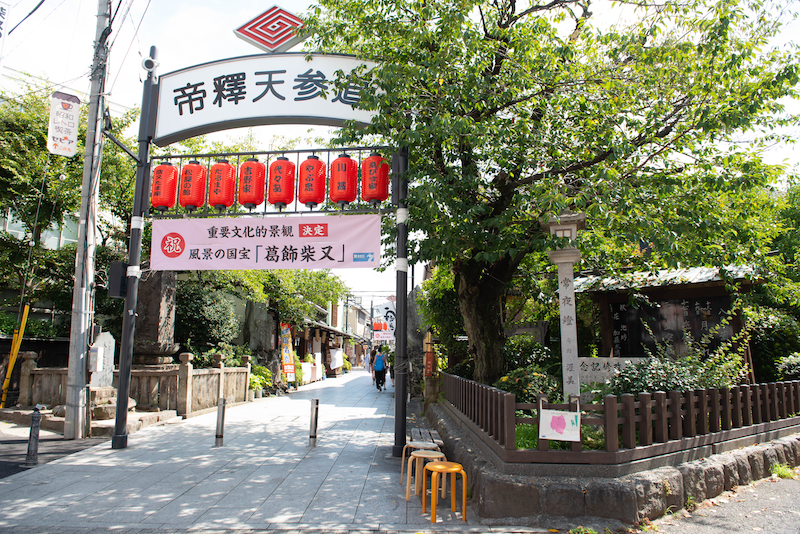
For example, one of the places that the character adored was the Shibamata Taishakkuten temple, still located at the end of the neighborhood’s main shopping street. It’s where Tora-san liked to go and unwind after another trip where he met colorful people, fell in love, said or did something stupid, and then returned home to tell everyone about it. He especially enjoyed the temple’s woodcarvings depicting scenes from sacred Buddhist texts that he may not have fully understood, but which he knew he liked. It was the same with the serene Suikei-en garden at the back of the temple. Even the road leading up to Taishakuten hasn’t really changed that much. In fact, it has retained its yesteryear charm with its little shops and stalls still using wooden signboards and selling traditional food and crafts. Now, many of them naturally feature Tora-san’s likeness.
Shibamata Main Shopping Street
Along the sando (a street leading to a temple or shrine) that connects the subway station to the Shibata Taishakuten temple, a great number of nostalgic mom and pop stores, as well as street food stalls ideal for window shopping or souvenir hunting, can be enjoyed, and during the weekends the streets will be full with locals and domestic tourists alike.
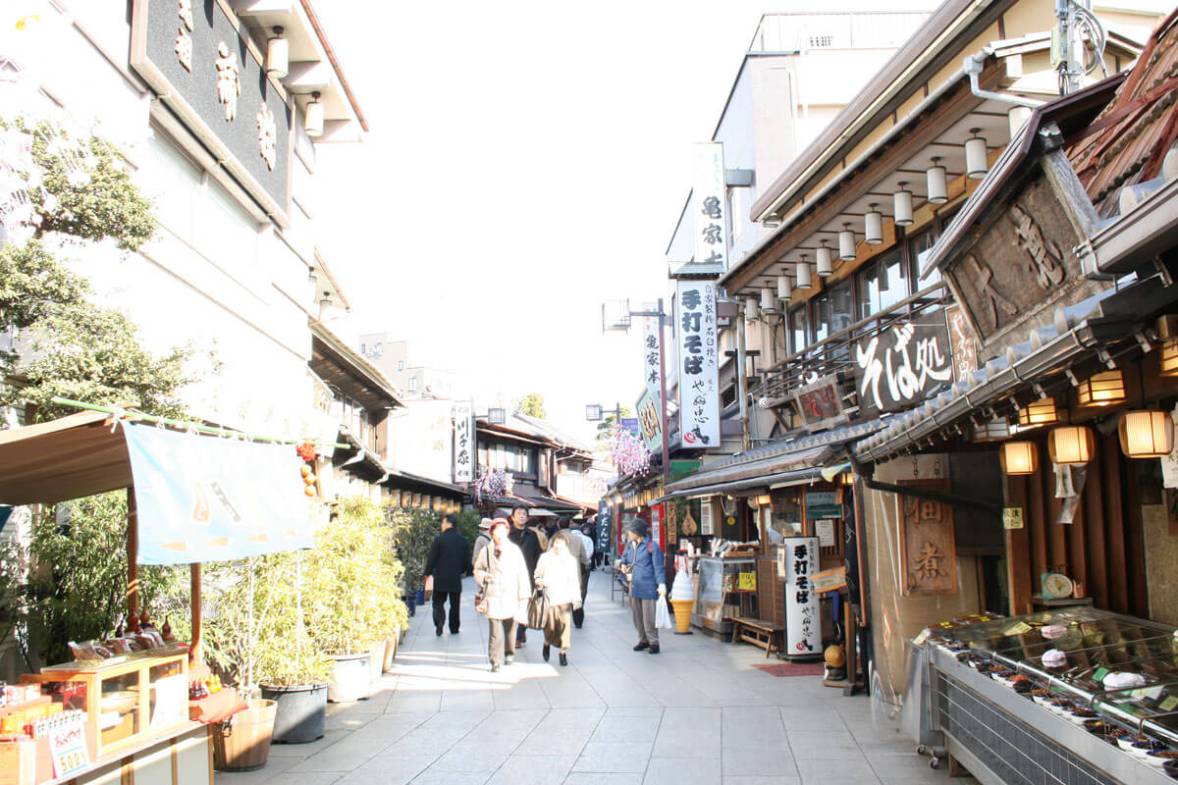
Be sure to try out the yummy Kusa dango (mugwort flavored sweet rice flour dumplings) at Toraya, which has been a staple store of the area for more than a century! Toraya is famous for being an important location in the popular movie series “Otoko Wa Tsurai Yo”, which mostly takes place in Shibamata.
Check out the retro toy museum which displays nostalgic toys and candies to unleash the kid in you. It is not a coincidence that this museum is located in Shibamata, as the area and Katsushika Ward in general host a great number of toy manufacturers. According to the locals, Katsushika Ward used to have just as many toy and candy stores as there are convenience stores today.
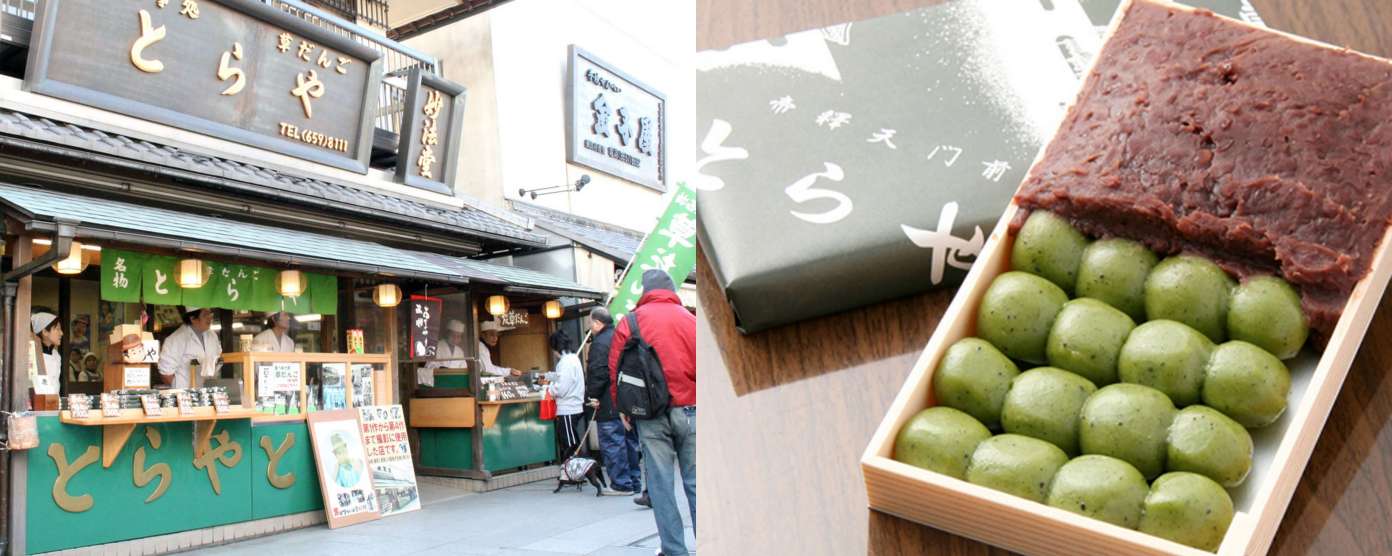
The Shibamata Taishakuten temple has been described in many classic Japanese literature works, and its authentic atmosphere will more than satisfy your hunger for historical architecture, but those with a more eccentric taste, won’t leave empty-handed either.
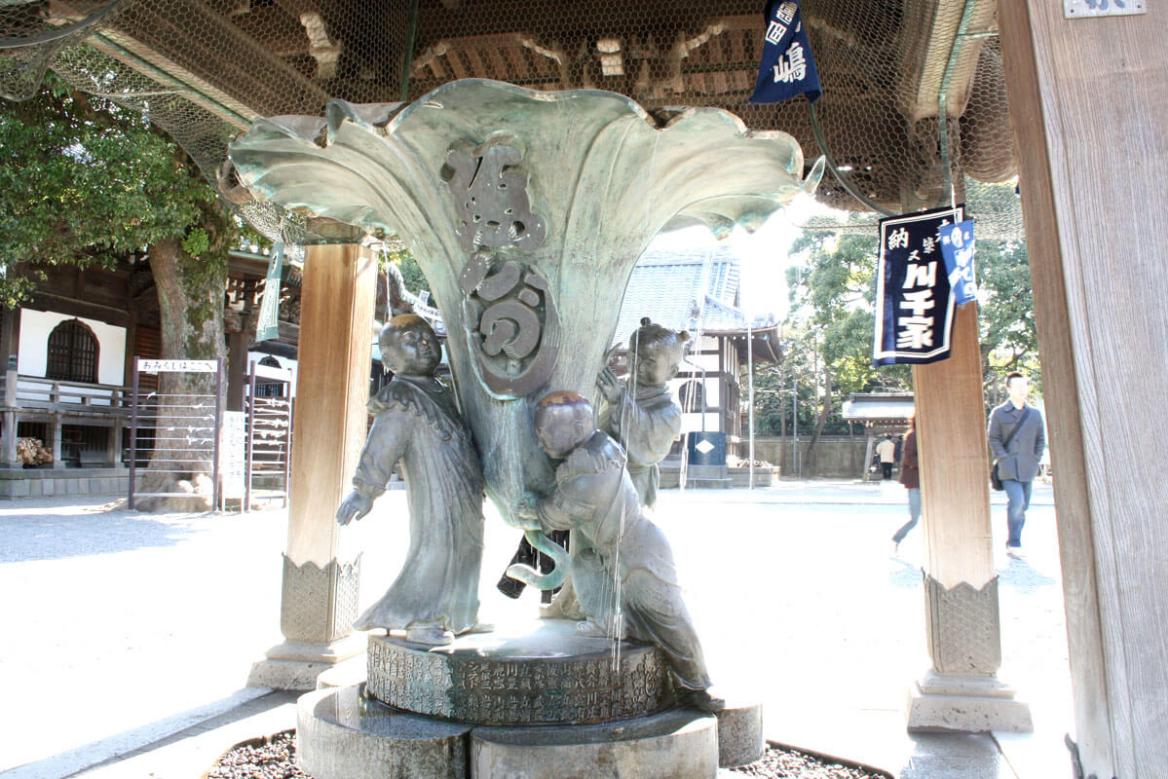
Yagiri-no-Watashi Boat Crossing
If you wish to continue retracing Tora-san’s steps, you can head down to the famous Yagiri-no-Watashi boat crossing.
Connecting Shibamata and Matsudo (Chiba Prefecture) across the Edo River, the Yagiri-no-Watashi is a ferry famous for its appearance in the Otoko Wa Tsurai Yo films. The fact that it’s been operating, in different forms, for more than 400 years is also notable. It can take a maximum of 30 passengers and takes about 10 minutes to cross the river.
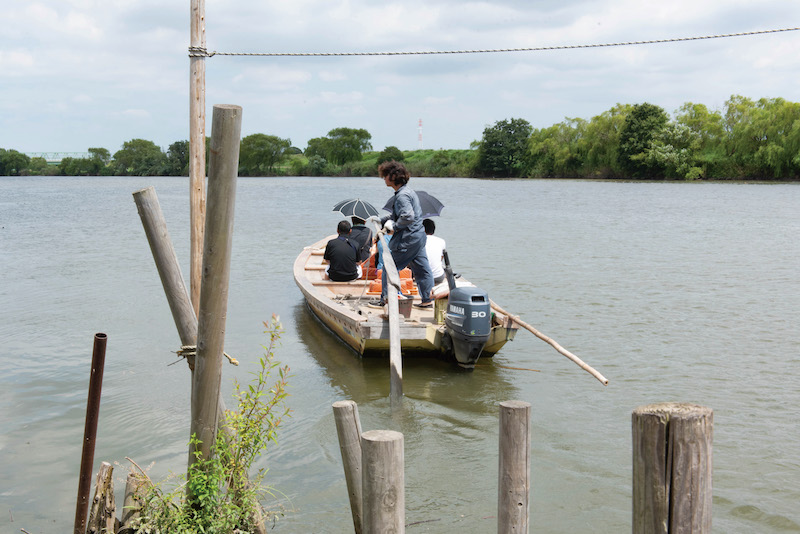 The ride across the river is extraordinarily quiet and peaceful. That’s because the ferry doesn’t use a motor. In fact, it’s entirely manpowered. The ferry isn’t easy to find. In addition, it doesn’t connect to anything important on the other side. So, why do people use it? Because Tora-san used it.
The ride across the river is extraordinarily quiet and peaceful. That’s because the ferry doesn’t use a motor. In fact, it’s entirely manpowered. The ferry isn’t easy to find. In addition, it doesn’t connect to anything important on the other side. So, why do people use it? Because Tora-san used it.
But also, the Yagiri-no-Watashi crossing really lets you capture the feeling of the old life in a shitamachi. Life was slow, not without its difficulties, but also more communal and down to earth.
Sharing Tokyo Shitamachi Culture Around the World
You can see how that would appeal to people all around Japan. But not just Japan, as “Otoko Wa Tsurai Yo” does have its fans abroad. Most notably in Helmut Zilk, the mayor of Vienna between 1984 and 1994. Helmut Zilk loved the series so much that he actually had his city’s Floridsdorf district sign a friendship pact with Katsushika Ward, where Shibamata is located. Today, there is even a 3,000m2 park in Floridsdorf bearing the name “Tora-San-Park.”
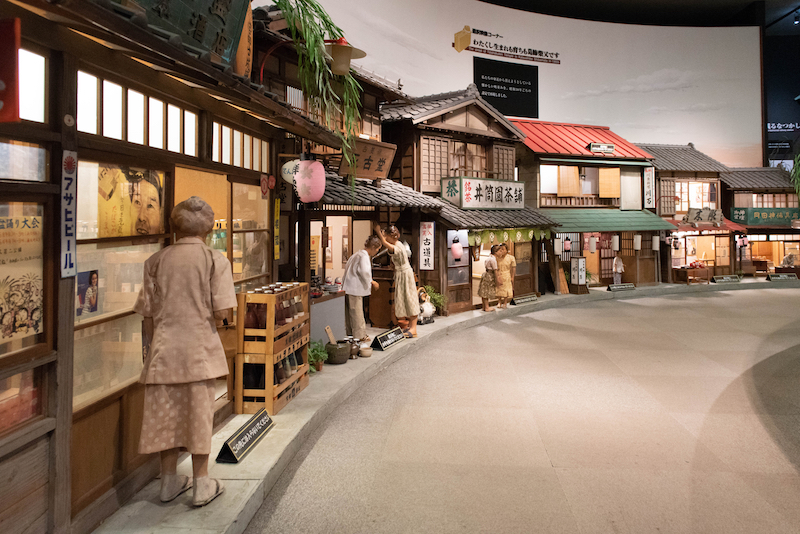
Familiar and Honest Japanese Shitamachi
What seems to draw people to Tora-san, and really just the shitamachi culture in general, is that they are familiar and honest. There is of course nothing wrong with Japan’s more sophisticated and highbrow cultural contributions. For example, traditional paintings and theater are also culturally important. But if you’re looking for a more down-to-earth and jovial piece of Japan, take a journey to the Shibamata shitamachi. If you ever have the chance, check it out! And don’t forget to say “Hi” to the Tora-san statue just outside Shibamata Station.
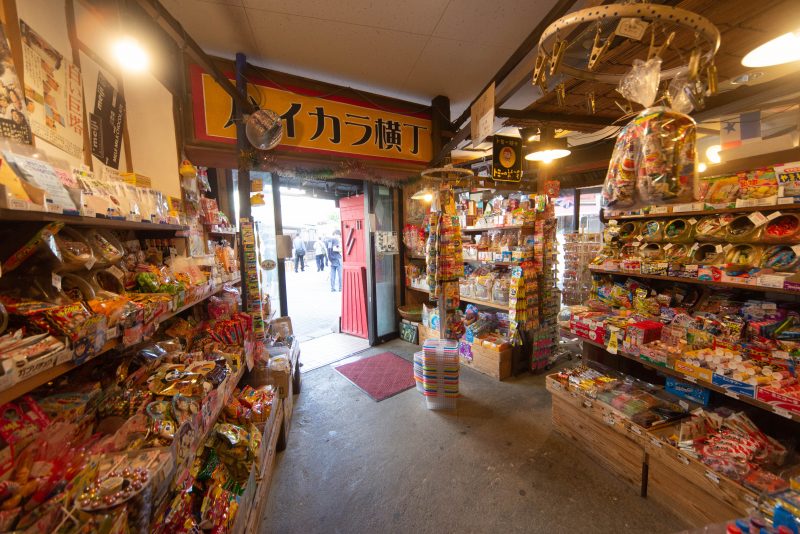
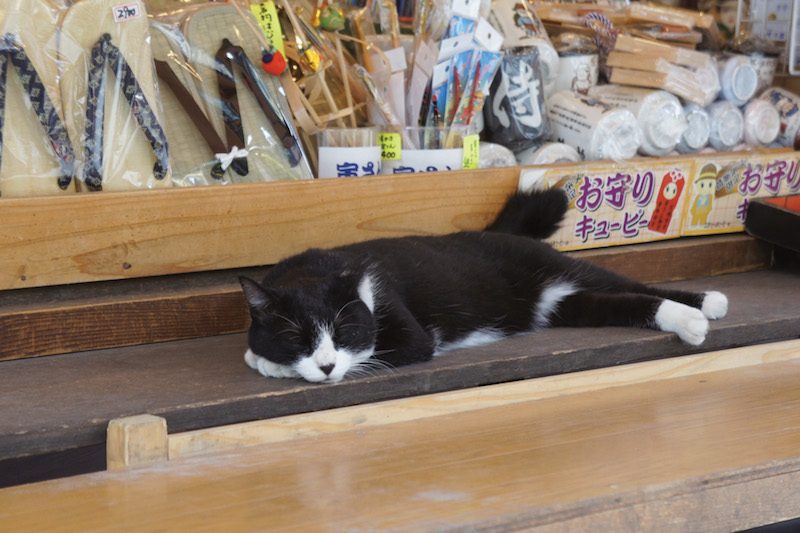
 0
0

